Summary
Cell viability is a fundamental measurement in the characterization of cells. Cell viability assays refer to a class of measurements that assess the health of a cell culture by evaluating attributes related to basic cell properties or markers of cell injury/death (e.g. membrane permeability, metabolic function, ability to replicate, apoptotic markers etc.). Viability assays are used in a range of applications from cell passaging, biocompatibility testing and cytotoxicity testing to the characterization of cellular starting materials, manufacturing controls, and release of cellular therapeutic products. With the broad range of applications of cell viability assays and the broad range of biological indicators of viability, there is a resulting broad range of methods and instrumentation that have been developed to evaluate cell viability. Additionally, with the promise of advanced therapies (e.g. cell therapy, tissue engineering), novel cell viability methods are needed to address challenges of in-process testing and testing of cells in complex matrices.
Description
In the Biosystems and Biomaterials Division at NIST, we have established several technical programs to support the development and implementation of cell viability assays in advanced therapies. These programs address key needs in cell viability assay development including selection and development of fit-for-purpose viability assays, strategies for improving the reliability of commonly used viability assays, the development of control materials and experimental designs to support the qualification and validation of viability assays, the development of new cell viability methods to address current gaps (e.g. label-free assays, assays designed for evaluating viability in 3-D), and importantly engagement with key stakeholders for standards development.
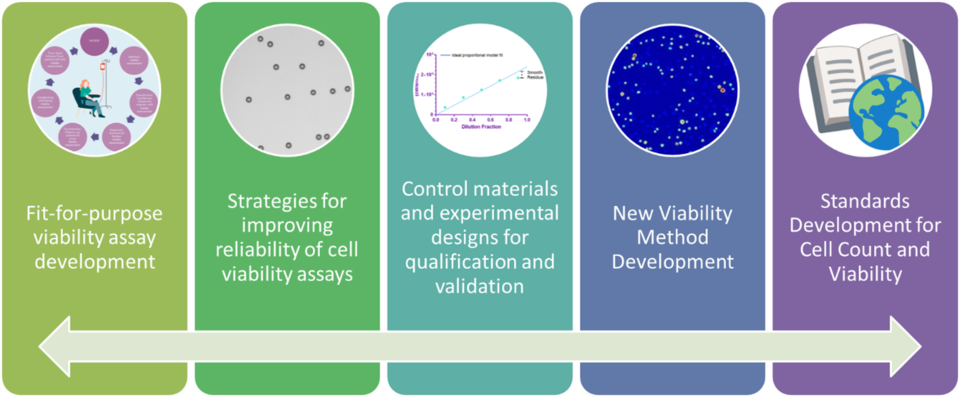
Current Activities and Products
| Image | Description | Contact |
|---|---|---|
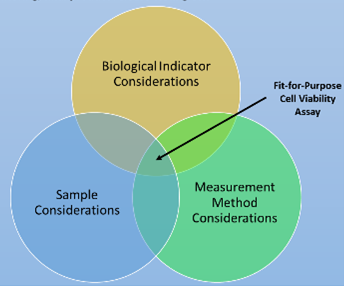
| Fit-for-Purpose Viability Measurements We are currently developing approaches to identify fit-for-purpose cell viability assays which can predict changes in basic cell function following a stress or injury. | Sarkar |
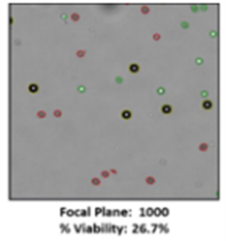
| Addressing Sources of Error in the Cell Viability Measurement Process We are developing approaches to address different sources of error in the cell viability measurement process with a focus on image-based cell counting methods. | Sarkar |
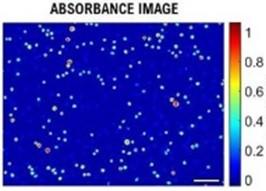
| Quantitative, Traceable Determination of Cell Viability Using Absorbance Microscopy | & |

| ISO General Cell Viability Project | Sarkar |
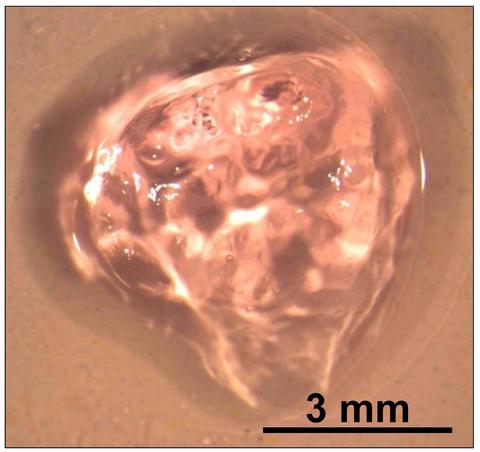
| ASTM Standard Test Method Project for Measuring Cell Viability in Scaffolds | Babakhanova |
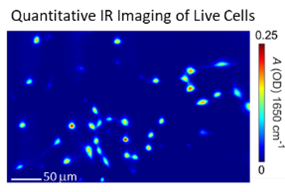
| Quantitative Infrared (IR) Imaging of Live Cells in Water for Label-Free Viability Measurements | Lee |
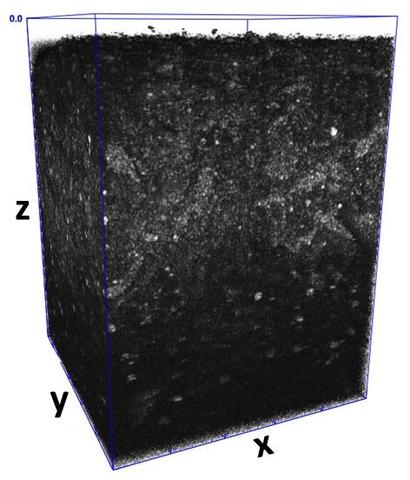
| Optical Coherence Tomography for Label-Free Measurement of Cell viability in Hydrogel Scaffolds
| Babakhanova |

